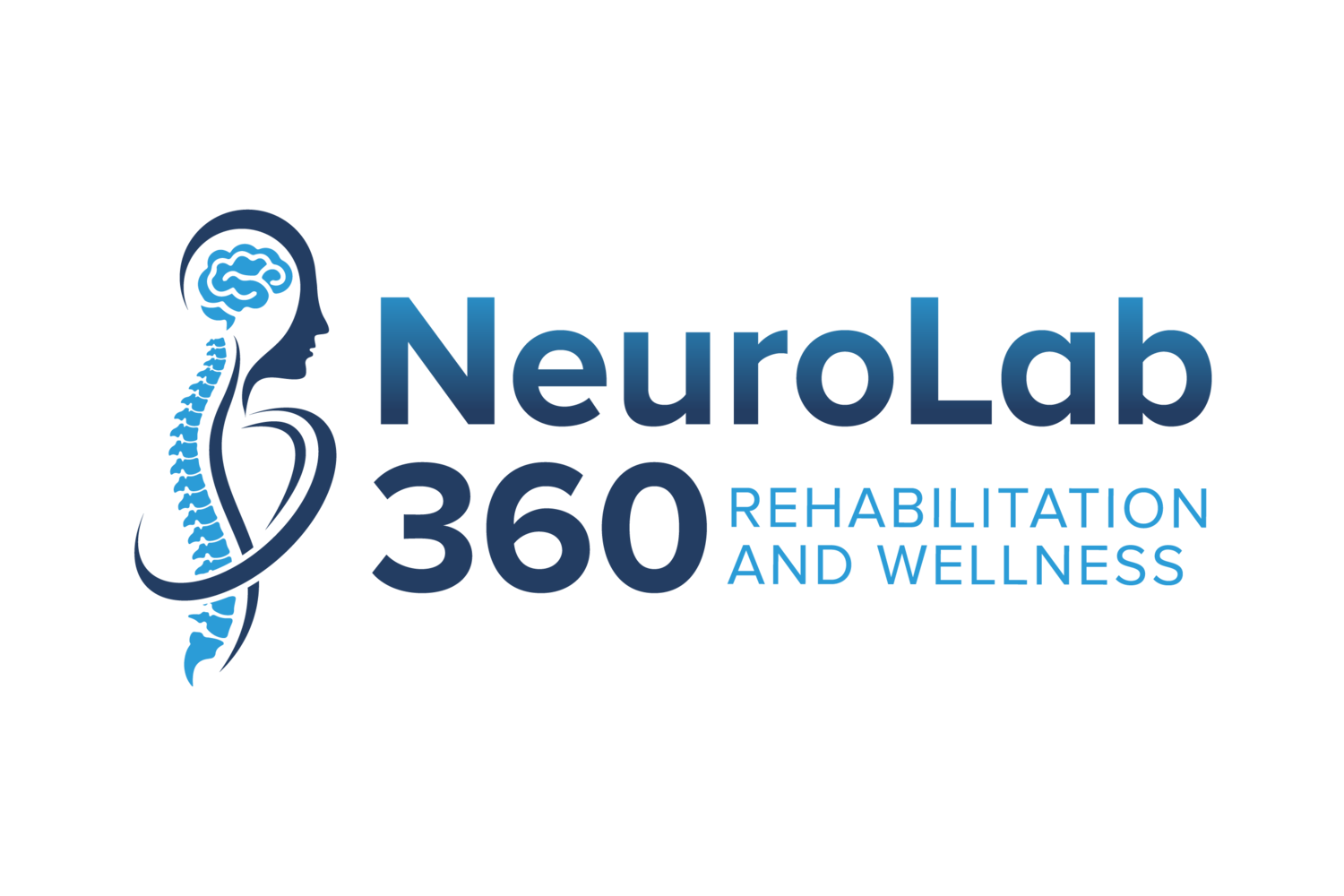Home Safety and Fall Prevention
The CDC reports that 1 in every 4 adults over the age of 65 experiences a fall each year. While there are many factors involved in fall prevention such as physical therapy and exercise, medication management, and assistive device prescription, another important factor is home safety. Falls can often be due to hazards in the home that may be overlooked but also may be easy to fix. In this blog post, we will discuss potential hazards at home as well as solutions to help improve home safety and prevent falls.
Bathroom
There are many factors that come together to make the bathroom a high risk area in terms of falls. Here are some important things to consider:
If the path to the bathroom is dark, consider installing nightlights. Our vision is one of the systems that helps us with our balance, so if there is not much light, it will be more difficult to maintain balance.
Grab bars can be installed in the bathroom in certain areas that you tend to have more trouble. For example, if you feel unsteady stepping into the shower or bathtub, you could consider installing a grab bar in a location where you can conveniently hold on while stepping in.
Some people may feel dizzy while in the shower due to the humidity/heat, tilting their head up towards the water, or from closing their eyes while bathing. If you have noticed that you sometimes feel dizzy in the shower, you may want to consider a shower chair in your shower. Also, it can be tricky to bend over to wash your feet or shave your legs so having a spot to sit can be helpful for preventing falls.
The floor of the shower or bathtub can sometimes get very slippery. For this, you can use a non-slip mat to help prevent loss of balance.
Some people have difficulty standing from a standard toilet seat due to the low height. If you have trouble standing from the toilet, it could be helpful to get a raised toilet seat with arm rests that you can push from to stand.
Kitchen:
The kitchen is often a place where we are distracted and doing multiple things at once. Multi-tasking in the kitchen can often lead to falls. It’s important to slow down and move deliberately, however there are also some hazards that can be avoided:
Keep things that you use often in easy to reach places and avoid putting heavy items on shelves where you have to reach up high.
If you need to use a step stool to reach tall cabinets, make sure it is a steady one that has non-skid steps and legs to better grip the floor.
Be sure to wipe up any spills on the floor immediately after they happen to avoid slipping.
Bedroom:
The bedroom can pose a potential hazard as we often are tired when we are going to bed and sometimes we may leave things around the room that can be a trip hazard such as shoes we take off before bed. Here are some tips:
Be sure to reduce clutter around your bedroom as much as possible. Keep the walkways in your bedroom and from your bedroom to your bathroom clear.
Avoid having any cords (cell phone chargers etc) running along the floor or the walkways.
Living Areas:
Living areas tend to have hazards such as throw rugs, furniture, and potentially some clutter. Here are some tips to make the living area safer:
Try to maintain a straight and clear path through each room so there are not obstacles in your way.
Throw rugs can be a big fall hazard as people tend to catch their toes on throw rugs. They also tend to slip easily increasing the risk for falls. It may be best to remove any throw rugs, however another option could be using a rubber or non-skid backing or trying double sided tape that is made for carpet.
While there are many ways to reduce the risk for falls within the home, one way is to improve home safety and remove hazards within the home. For more information, check out this article from the CDC.

